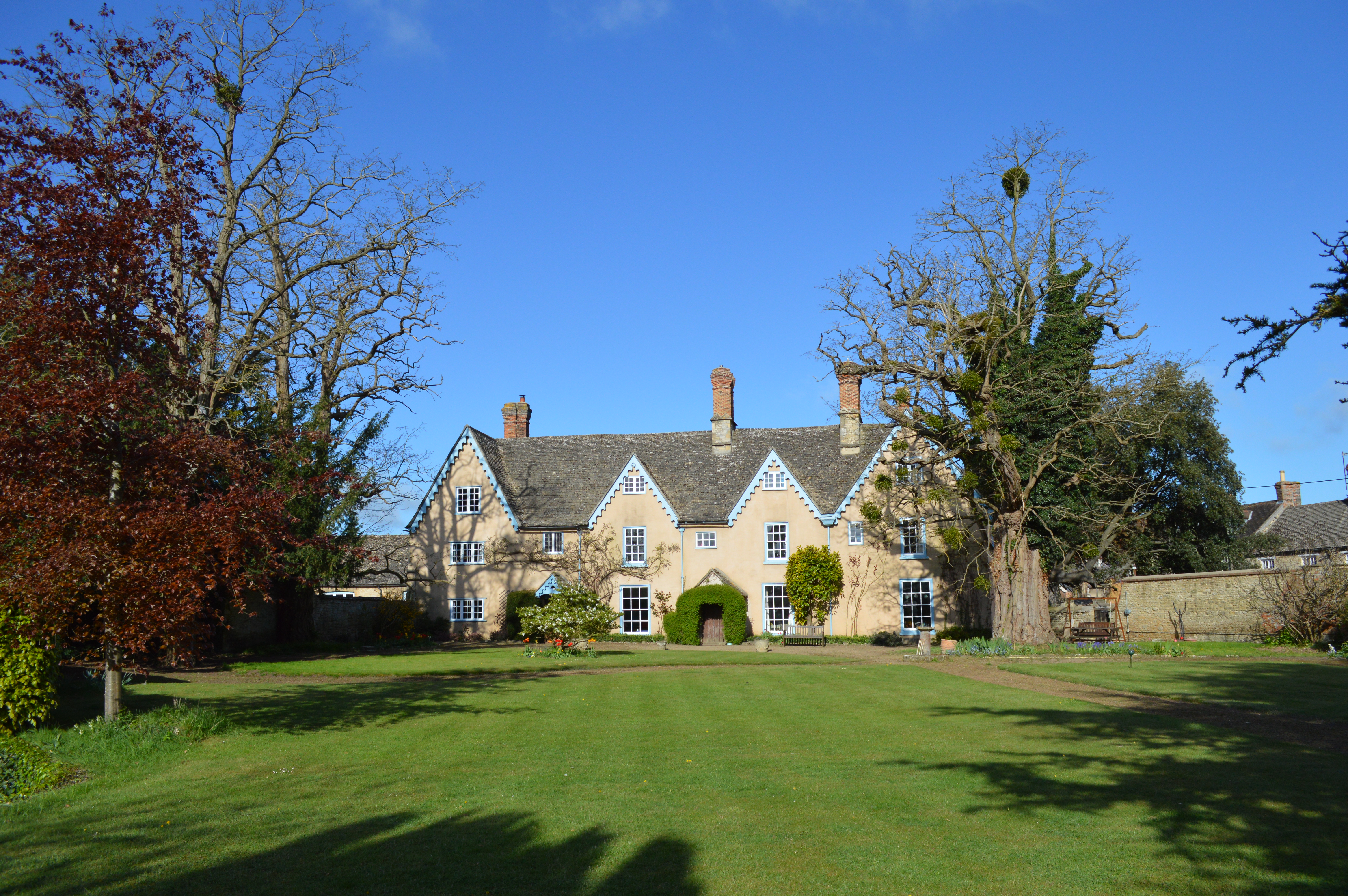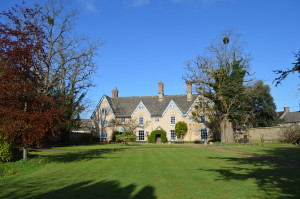A Brief History
The Gables has had an interesting past and a variety of owners over its long life. It appears from various historical reports that in 1366, the plot where The Gables stands was part of Newland Manor – it was an area, around 4 acres of open land, partly planted with trees and was ‘managed’ by various manorial servants. There does not appear to have been a house on the site until around 1570 when the owners – the Blackmans, may have built the house. In the 16th and 17th centuries, Eynsham was dominated by a few wealthier men whose houses, mostly rebuilt in that period, are among the most substantial buildings in the village. The leading taxpayers were farmers, occupying a number of the old farms in the village, The Gables being one of these.
In 1650 the house belonged to John Green, and it is likely that it was he that built the other 3 gables, making The Gables into the house it is today.
The house and close passed from the Greens through coheirs to Anthony Saywell in 1673, to the Wises in 1703, to the Colliers in 1761, and in 1819-20 to James Swann of Eynsham mill, papermaker, whose family held the whole property until the 1890s.
James Swann, also owned the Eynsham papermill and supplied the paper for Cobbett’s Weekly Political Register, thought by the Government to be so seditious that two of its workers were arrested and publicly flogged. William Cobbett (of Rural Rides fame – published from 1830) was a very good friend of – John Swann.
In the garden are some of the original false-acacia trees that William Cobbett brought to Eynsham in the 1800s. Cobbett made a fortune out of publicising and dealing in them. He claimed the hard wood was very good for the pegs used to hold ships’ timbers together. But by the time they were mature enough to be used as pegs, ships were built of steel!
Major Edward Oakeley lived in The Gables with his wife, four children and various servants in the early part of the 20th Century. Until 1922 what is now The Music Room, was part of the service yard and was probably the Laundry / Dairy. In 1922 Major Oakeley converted it into a large reception room which the family used as their main living room.
In the 1920’s The Music Room started its life as a room to be used by others.
From Scouting records, it appears that on 9th November 1923, the 1st Eynsham Cub Pack was officially registered with the Boy Scouts Association. Their leader was Miss Rosemary Oakeley (Major Oakeley’s daughter). The pack met at The Gables, most probably in The Music Room, until 1926 when they got their first permanent Headquarters.
The Tills (Mr Till was a prominent Oxford surgeon) owned the house after the Oakeleys until 1975 when the first generation of Ferrier’s came to live in The Gables.
In the 1980’s and 1990’s The Music Room, re-established its role of providing a welcoming space and meeting venue for people. It was host to a number of village groups and societies. The Eynsham Choral society, The Gardening Club, The History Club, the Eynsham Society and the Jill Stew School of Ballet all met here on a regular basis.
After being home to three generations of the Ferrier family, the Short family made The Gables their home in July 2023.
References
http://www.british-history.ac.uk/vch/oxon/vol12/pp98-110
A History of the County of Oxford: Volume 12, Wootton Hundred (South) Including Woodstock. Originally published by Victoria County History, London, 1990.
[accessed 1 May 2015].
From: ‘Eynsham: Buildings’, A History of the County of Oxford: Volume 12: Wootton Hundred (South) including Woodstock (1990), pp. 110-115. URL: http://www.british-history.ac.uk/report.aspx?compid=10525 Date accessed: 20 July 2012.

